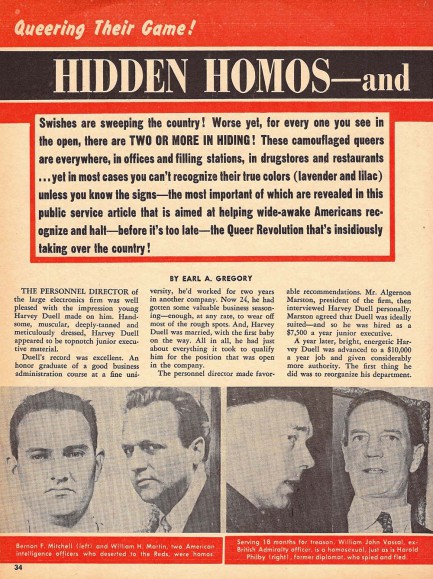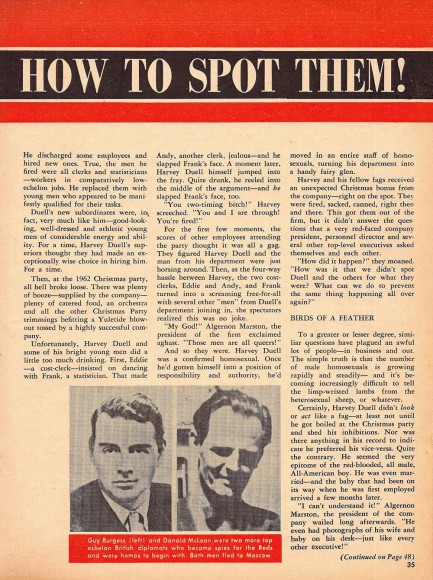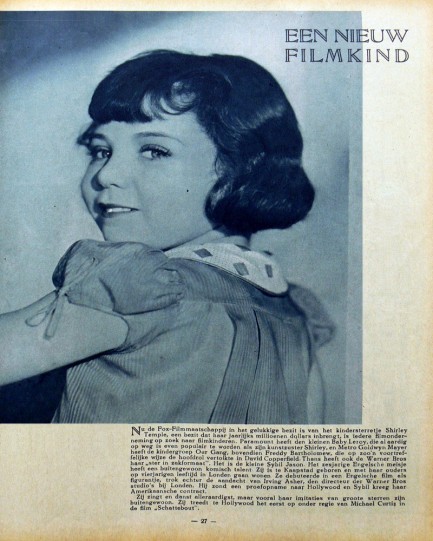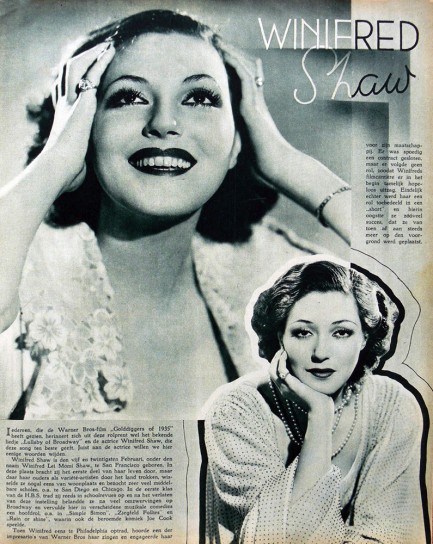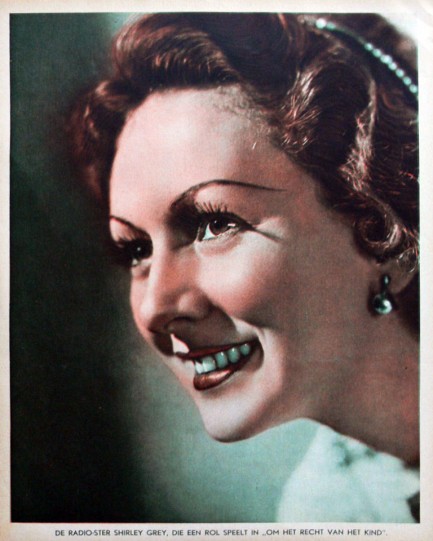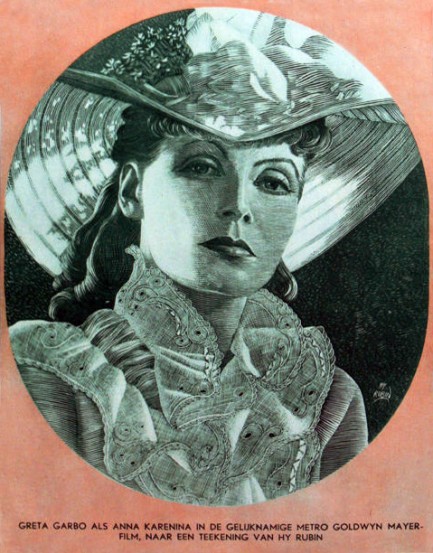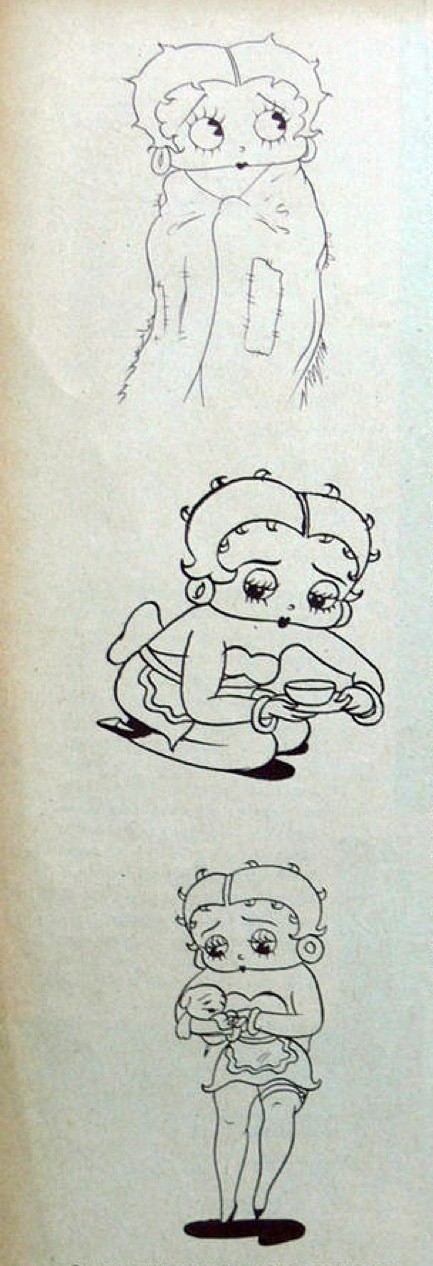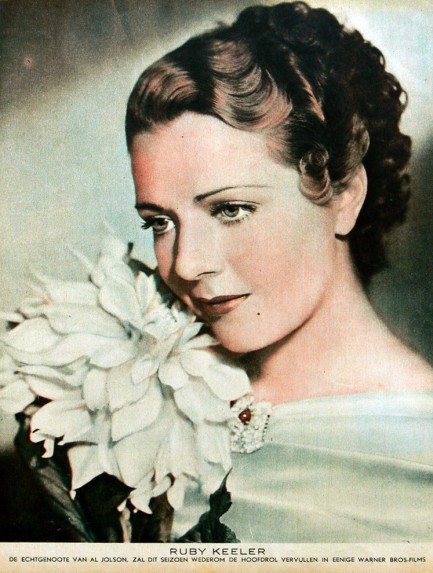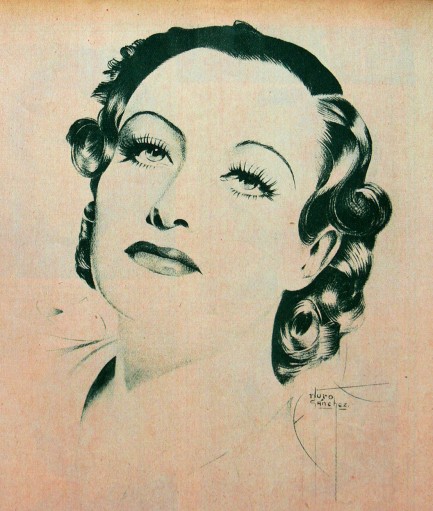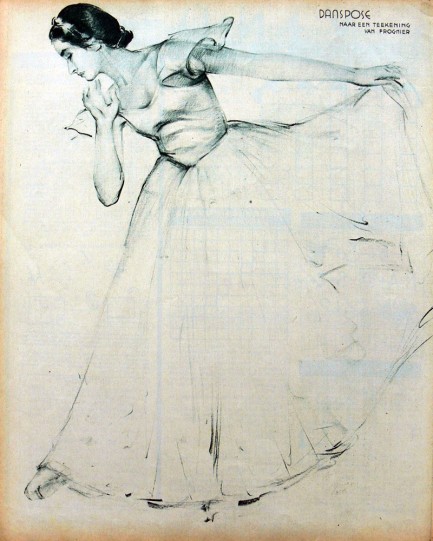 No matter how far she ran dissatisfaction followed close behind. 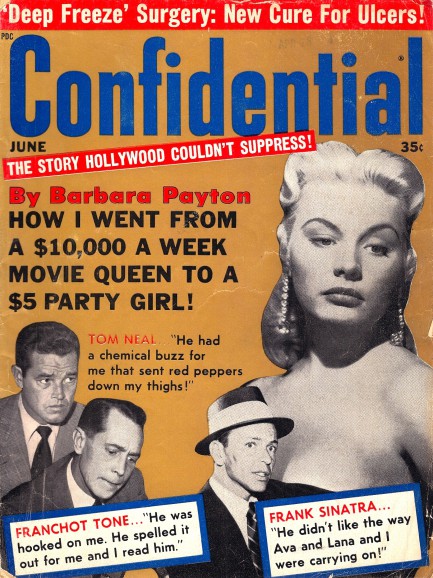
This gold colored June 1963 cover for Confidential magazine is entirely given over to actress Barbara Payton, whose self-penned hard-luck story appears inside and details her life troubles. The tale is well known and is one we’ve touched upon before—early marriage and early motherhood, followed by stardom, romances, and riches, followed by booze, drugs, divorces and crime. Confidential being Confidential, the editors neglect to mention that the story here is not an exclusive, but rather is excerpted from I Am Not Ashamed, Payton’s painfully revealing autobiography. I Am Not Ashamed did not sell especially well, and was pretty much forgotten a few years after its release. But it reappeared by chance two decades later when Jack Nicholson famously lent a rare copy to Jessica Lange to help her prepare for her femme fatale role in The Postman Always Rings Twice. Today the book is widely available. Just a few seconds reading Payton’s words conjures the suspicion she had a ghostwriter, and indeed, it was the king of lowbrow literature Leo Guild who gave shape to the prose, which reads like gutter level sleaze fiction. For example: “He hated what I had been [but] loved me for what I was. He tortured himself. Every part of my body reminded him of another man.” And this bit: “I had a body when I was a young kid that raised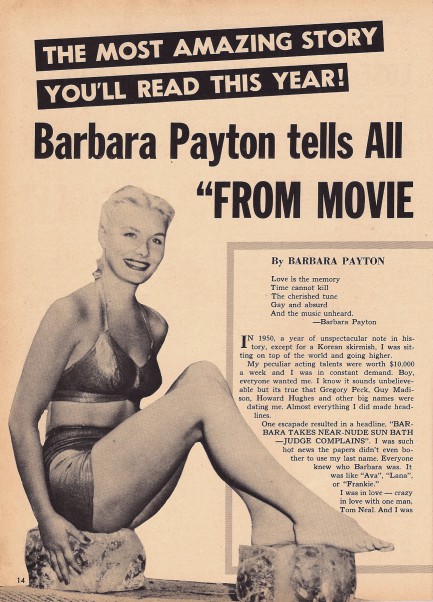 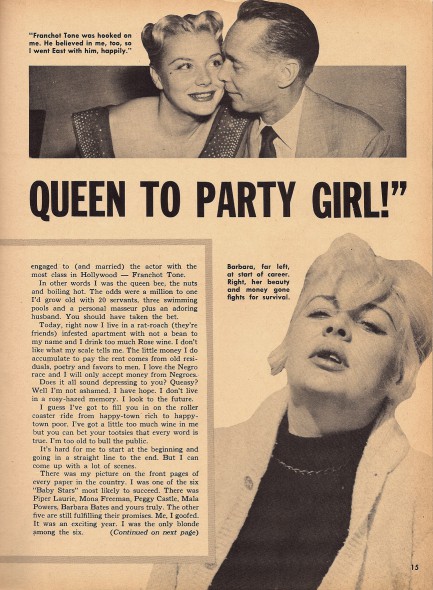 temperatures wherever I went. Today I have three long knife wounds on my solid frame. One extends from my buttocks down my thigh and needed I don’t remember how many stitches.” Payton’s anecdotes are cringe worthy, but they read like she’d gotten a grip on her life. No such luck. After four more long years of drugs, drink, and disaster she was found dead on her bathroom floor in 1967. temperatures wherever I went. Today I have three long knife wounds on my solid frame. One extends from my buttocks down my thigh and needed I don’t remember how many stitches.” Payton’s anecdotes are cringe worthy, but they read like she’d gotten a grip on her life. No such luck. After four more long years of drugs, drink, and disaster she was found dead on her bathroom floor in 1967. Payton post-mortems usually describe her problems as self-induced, but that’s simplistic. In the 1950s famous men did anything they wished, but women had to be careful not to be seen doing the same. Still do today. That’s the part Payton had problems with. Even so, she had several happy periods during her life. One of those was the stretch she spent in Mexico married to a young fisherman. About this time she says, “We fished and I caught big ones, and we loved and for a couple of years it was beautiful. My big problems were what to cook for dinner. But it was inevitable the ants in my pants would start crawling again.” 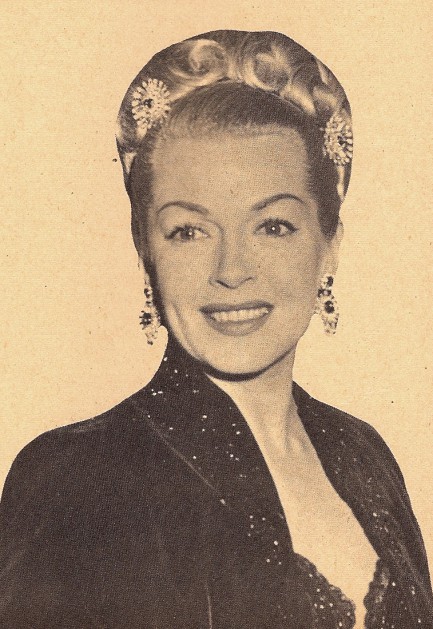 We like that passage, because nearly all the stories about Payton declare, or at least suggest, that everything that happened after Hollywood stardom was part of a terminal plummet. That’s pretty much the default setting in American journalism—anything other than wealth and fame is by definition failure. It’s an idiotic conceit, even a harmful one, and Payton reveals that in Mexico she landed someplace solid and safe, and got along fine without money or recognition. Two years of happiness is nothing to take lightly. But she just couldn’t sit still—not because of where she was, but because of who she was. We like that passage, because nearly all the stories about Payton declare, or at least suggest, that everything that happened after Hollywood stardom was part of a terminal plummet. That’s pretty much the default setting in American journalism—anything other than wealth and fame is by definition failure. It’s an idiotic conceit, even a harmful one, and Payton reveals that in Mexico she landed someplace solid and safe, and got along fine without money or recognition. Two years of happiness is nothing to take lightly. But she just couldn’t sit still—not because of where she was, but because of who she was. And the spiral continued—cheaper and cheaper forms of prostitution, physical confrontations that resulted in her getting some of her teeth knocked out, and more. In all of these tales there’s a recurrent theme of lowly types taking advantage of her, but we can’t help noting that she was paid a mere $1,000 for her autobiography, an absurdly deficient amount for a former top star with a crazy story to tell, which suggests to us that guys in office suites take as much advantage—or more—of a person’s hard luck as guys in alleys. We have some scans below, and Payton will undoubtedly appear here again.
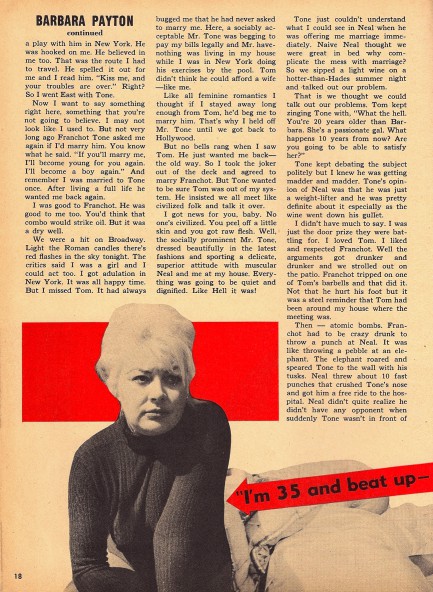 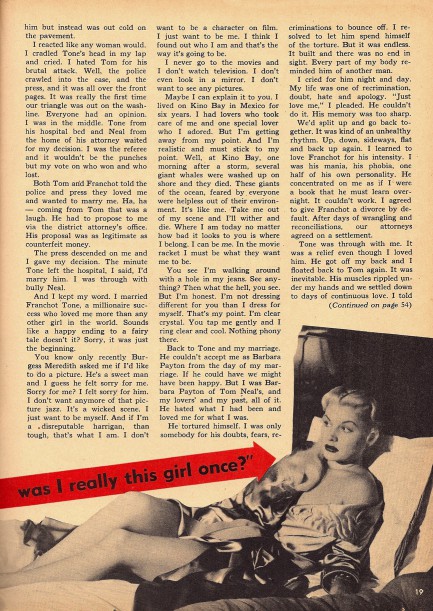 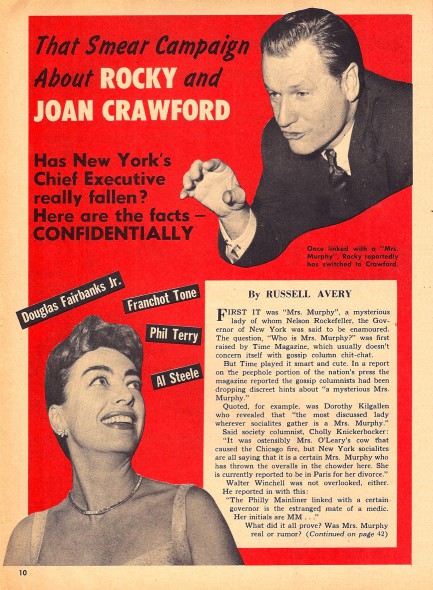 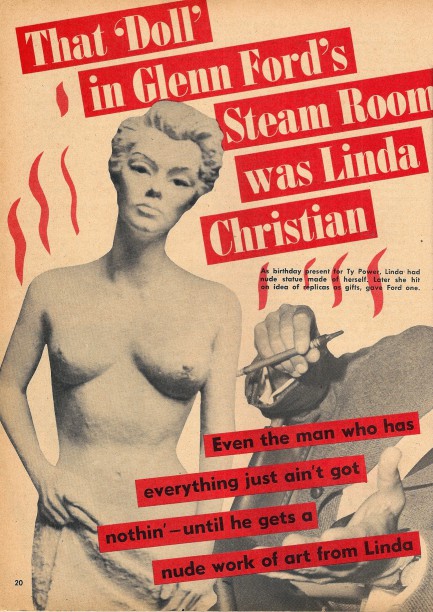 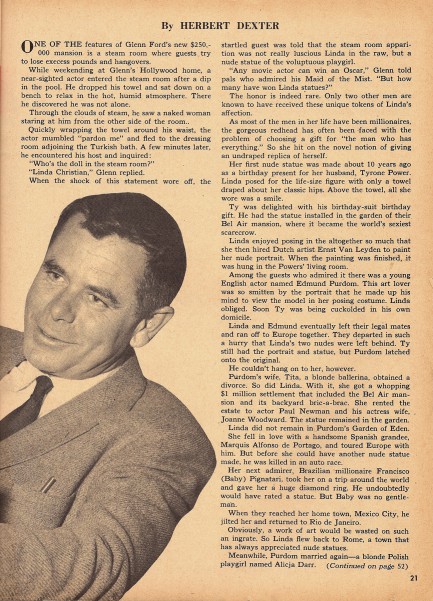 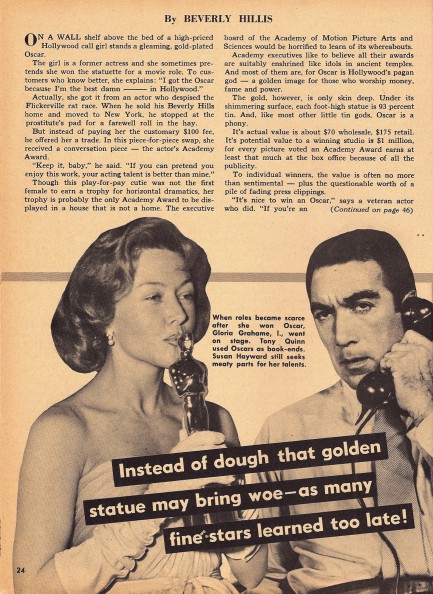 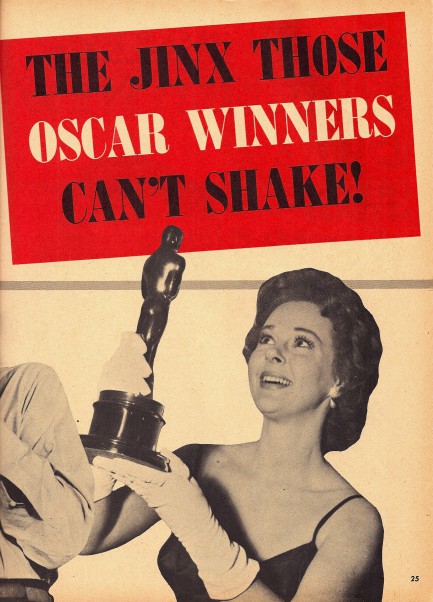 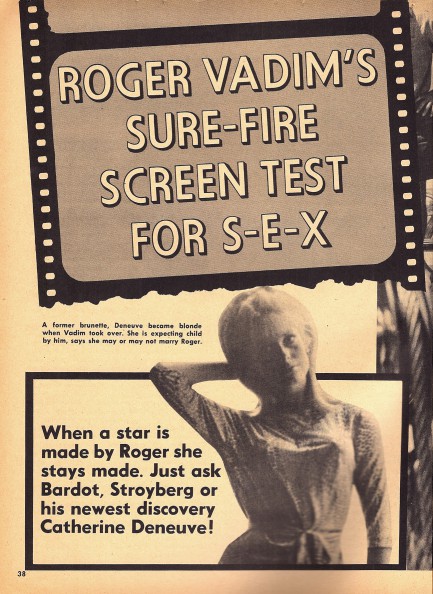 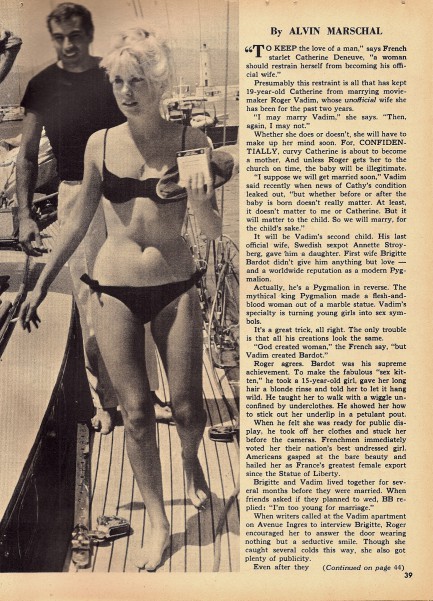 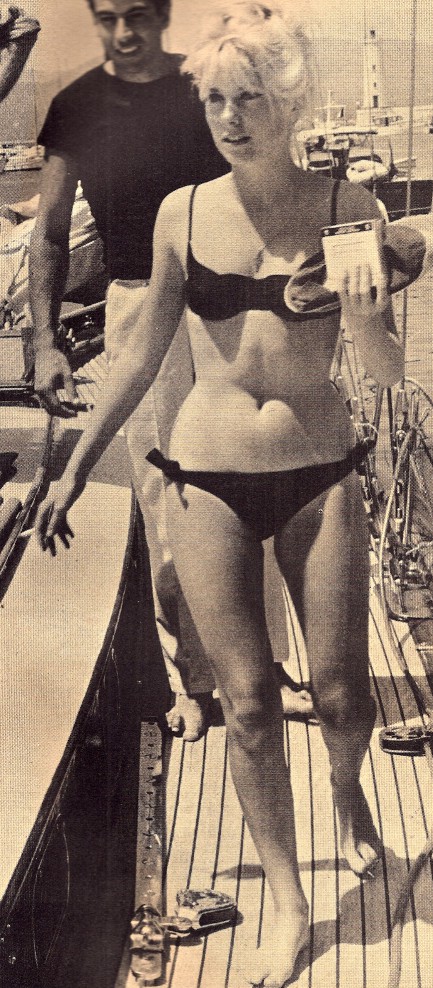 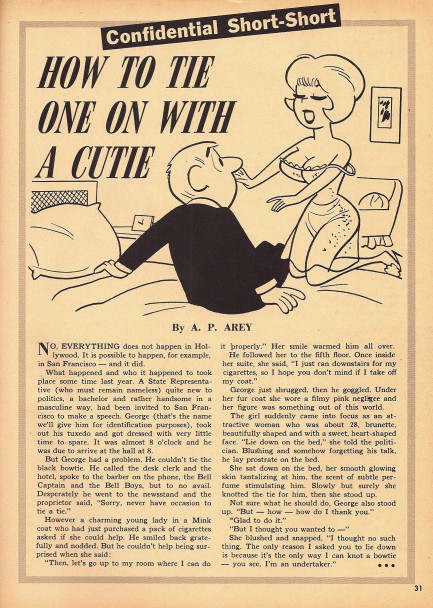
 Tabloid tells curious readers everything they always wanted to know about things that are none of their business. 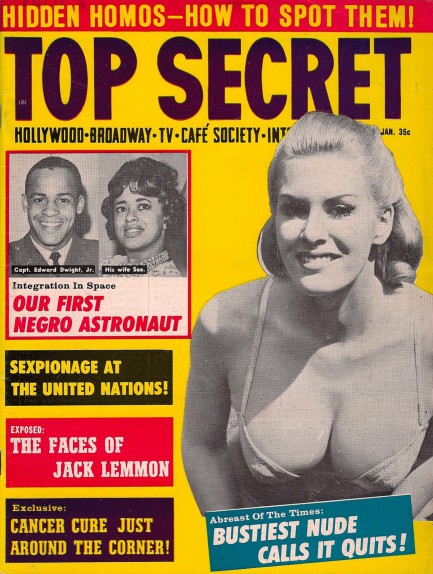
The last time we checked in on Top Secret was with their October 1962 issue. Today we’re visiting January 1964 and plenty has changed in the intervening months. Foremost—the paper and printing quality have degraded to what surely must have been the lowest standard available at the time, which is why our scans are grainy. But we can still recognize June Wilkinson on the cover, who we’re told is retiring from modeling, and inside readers hear from Ursula Andress, Jack Lemmon, Brigitte Bardot, Shirley MacLaine, Mandy Rice-Davies and more. Editors also tout “one of the most earth-shaking advances in the exploration of outer space!” Wow. Was it warp drive? A transporter beam? A stargate? No. It was that America’s newest astronaut, Edward Dwight, Jr., was a different skin color than the other astronauts. We might deign to call that an advance in the attitudes of NASA during an age of state apartheid. Space travel, on the other hand, remained space travel, unchanged. Top Secret implies Dwight was the first black American qualified to be an astronaut, and by so doing avoids admitting that the door was simply closed before his arrival. You know this game—all backslapping, zero introspection. But we get it. “Our First Negro Astronaut!” is a bit more celebratory than, “We should have done this from the beginning.” But we must move on, because the real gem in this issue comes later, in the story you see announced in the cover’s blazing red banner: Hidden Homos—How To Spot Them! Goodness, where to begin with this? First, we’ll say we would dearly love to reproduce this entire article as an artifact of an intellectual dark age, but it’s Saturday, and time is fleeting. Just know that the language is baroque in its viciousness. The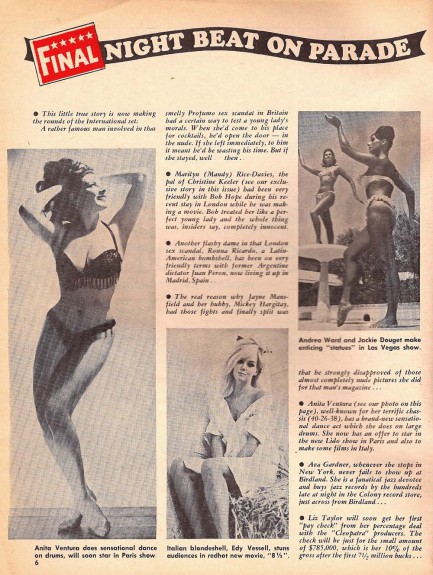 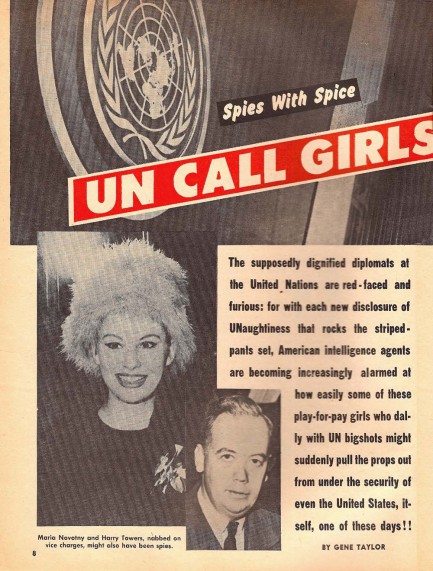 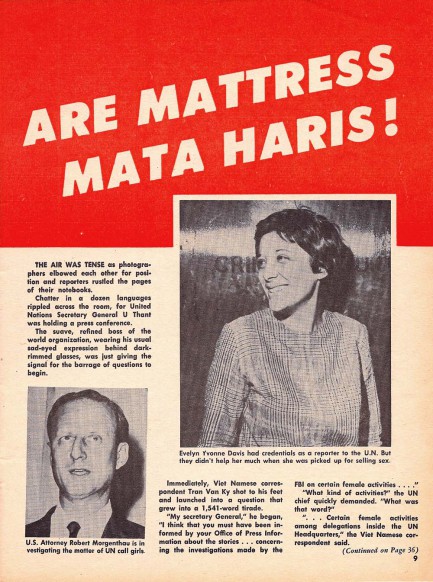 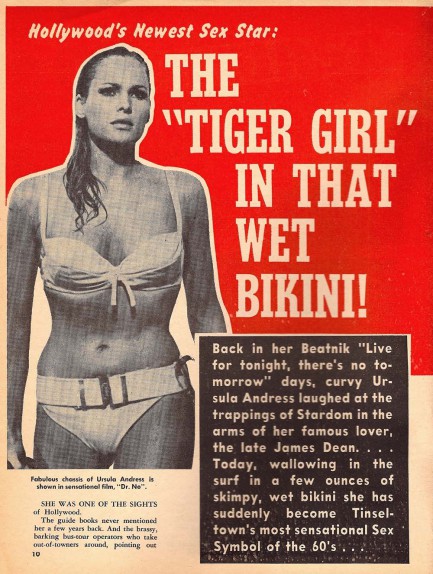 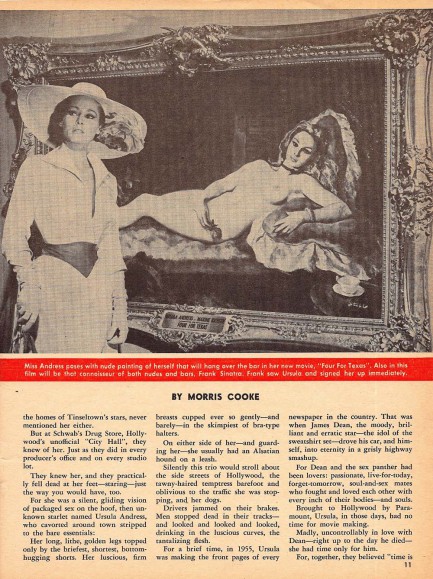 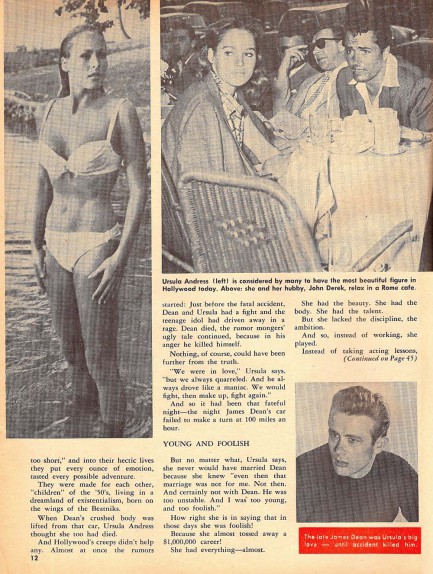 story begins with the tale of a company president who unknowingly hired a gay man and had no idea until several years later when the hiree—now a manager—got drunk at a company party and began slapping and scratching another man. Soon four employees were involved in this spat. The company president exclaimed: “My God! Those men are all queers!” story begins with the tale of a company president who unknowingly hired a gay man and had no idea until several years later when the hiree—now a manager—got drunk at a company party and began slapping and scratching another man. Soon four employees were involved in this spat. The company president exclaimed: “My God! Those men are all queers!” Top Secret explains: “Once the camouflaged homosexual has gotten himself a snug berth, he starts easing others of his ilk into the office. Before long, most of the straight male employees are out on their ears and the camouflaged fags have taken over.” Editors then list the eight most common types of gay men against whom normal, red-blooded Americans must be vigilant (by refusing to hire for any sort of job, potentially harassing out of the neighborhood, and possibly reporting to the authorities). Ready? Here we go with a few highlights: 1: The Overly Fastidious Dresser—obsessive interest in clothes is a feminine trait, and in men it may well be a danger signal. 2: The Overly Hygenic Type—their faces are invariably too-closely shaven. They make a fetish of washing their hands. 3: The Uriah Heep Type—he seeks to prove how very humble and insignificant he is by heaping praise upon others. 4: The Maiden Aunt’s Delight—these men associate with older women because such women make no heterosexual erotic demands upon them. 5: The Solitary Drinker—although he is not gregarious or even friendly, his eyes are constantly roving, covertly peering at others in the bar, particularly other men, seeking a sign of recognition from another secret swish. When he sees one he will give a signal in return and soon both fruitcakes will depart to enjoy a “courtesy exchange.” 6: The Octopus—they put their hands on other men’s shoulders, dig them in the ribs, slap their thighs… 7: The Middle-Aged Mama’s Boy—such an obvious Oedipal situation may indicate homosexual tendencies or homosexuality in adult men of any age, married or single. 8: The Youth Lover—he is constantly engaged in youth work, organizing clubs, leading outings, playing the part of the jolly, ebullient uncle. It would be interesting to do the opposite of everything on this list and see how long it takes our social, family and sex lives to fall apart. Just a thought. Anyway, Top Secret finishes the article with this bomb: “These are by no means the only types of secret swishes but they are the ones the average person is most likely to encounter.” So basically, the list is all well and good, but anyone can be gay. To which your average non-Neanderthal would reply, “Yes, anyone can be gay. And?” Well, and the editors of Top Secret suggest that anyone displaying suspicious behavior should be investigated more closely. Hmm… we wonder what depth and form those investigations should take? More scans below.
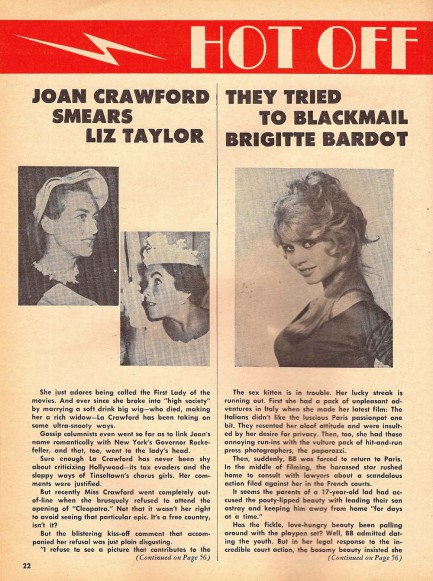 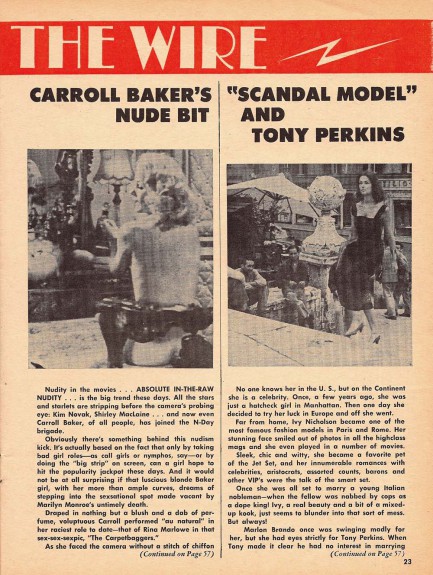 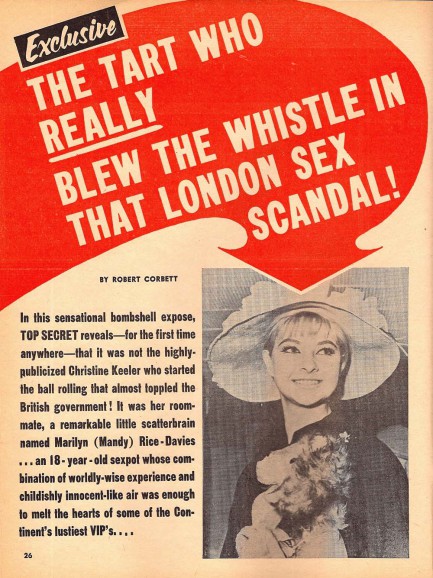 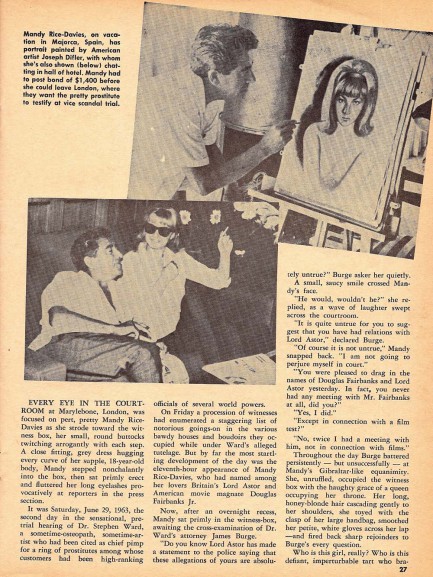 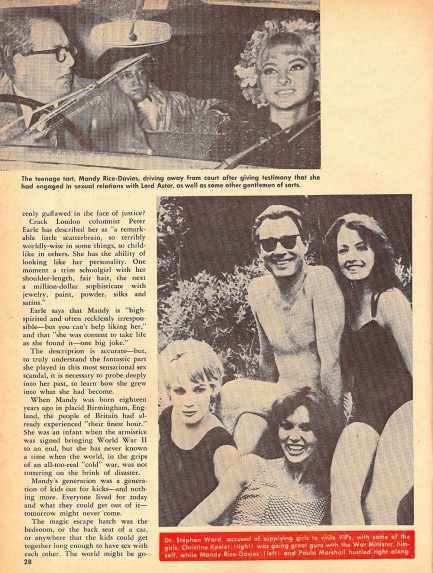 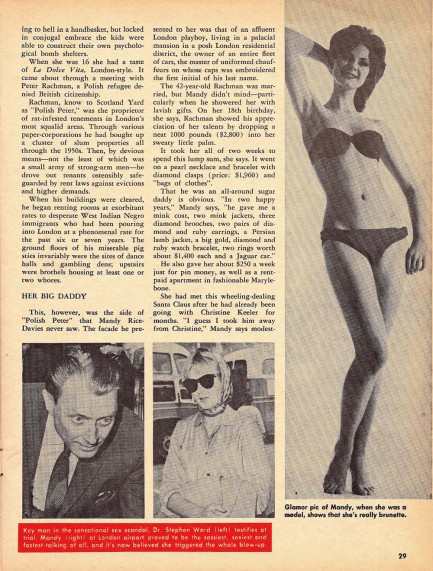 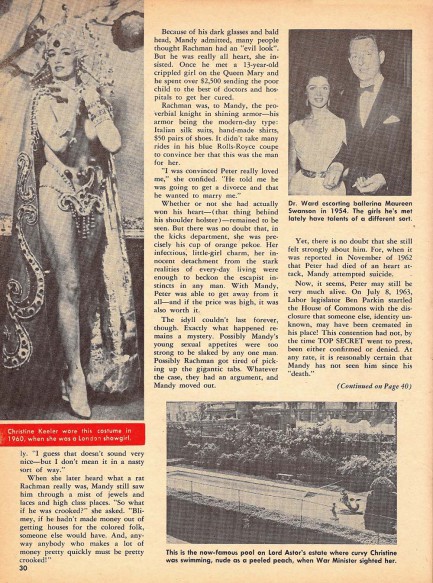 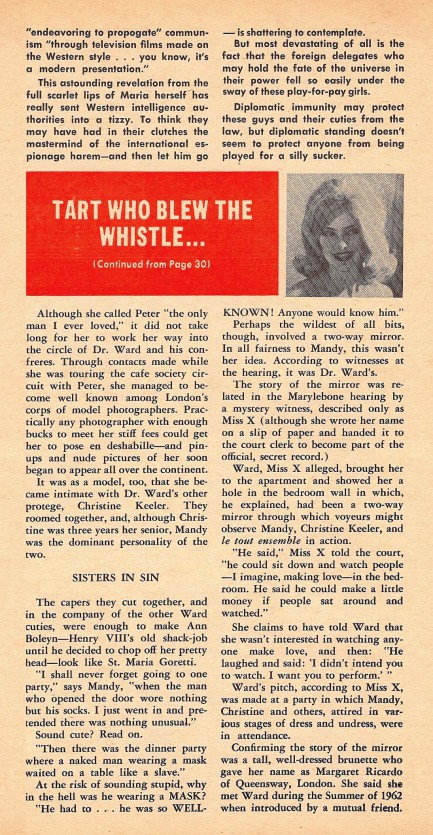 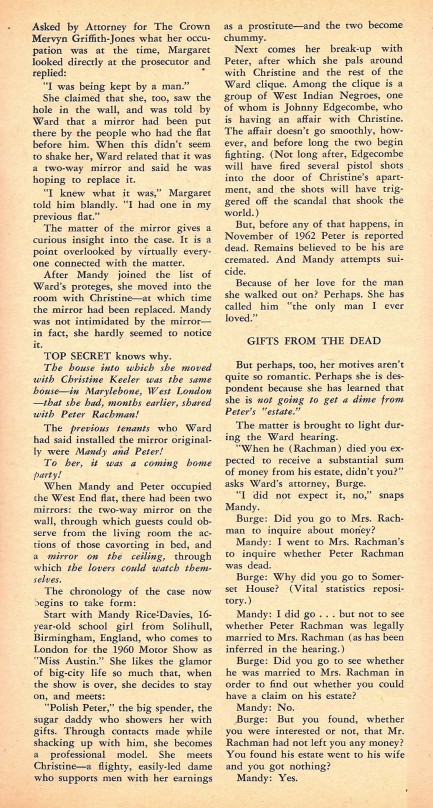 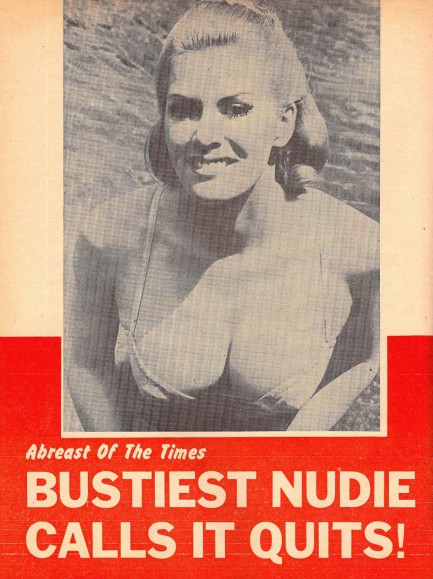 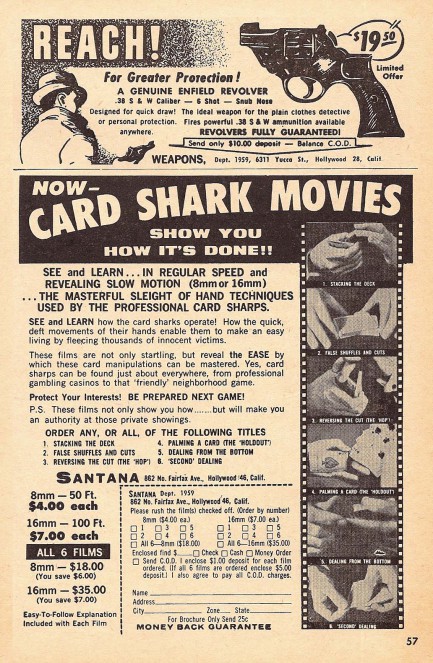
 When you’re smiling the whole world smiles with you. 
The gent with the enormous smile here is Joe E. Brown, one of America’s most famous comedian-actors during the 1930s and 1940s, seen on the cover of Het Weekblad (The Weekly), which was a popular celeb-cinema magazine published in the Netherlands for many years. This issue, which is numbered 620, hit newsstands today in 1935. Inside are interesting photos of Shirley Temple, Winifred Shaw, Ruby Keeler, a very nice ink drawing of Joan Crawford by Arturo Sanchez, and more. Scans below.
 The Golden Age is any age that seems better than the one you're in. 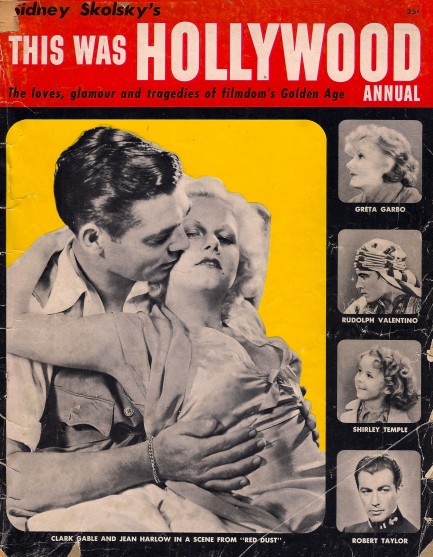 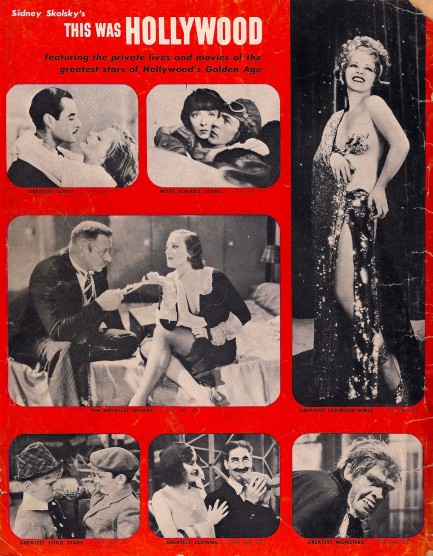
Yet another piece of the treasure trove we picked up in Denver last year, This Was Hollywood is a compendium of anecdotes and photos from the supposed Golden Age of Hollywood. We say “supposed” because the magazine was printed in 1954, and at that time the 1920s and 1930s were the Golden Age. Today of course, the Golden Age is considered to run from the 1920s all the way to the early 1960s, and we can only assume that eventually the ’70s and ’80s will be considered part of the Golden Age, and we’ll all be sitting around saying how they don’t make movies like C.H.U.D. anymore. This Was Hollywood was put together by Hollywood columnist Sidney Skolsky, the guy many say coined the term “Oscar” to refer to the Academy Award statuette. This particular issue of This Was Hollywood has about 80 pages, so moving forward we’ll be posting them a few at a time. Today we have five images—the front and back covers, plus three pages of shots of John Gilbert, Greta Garbo, John Barrymore, Joan Crawford, Clark Gable, and Dolores Costello. Much more from this publication later. 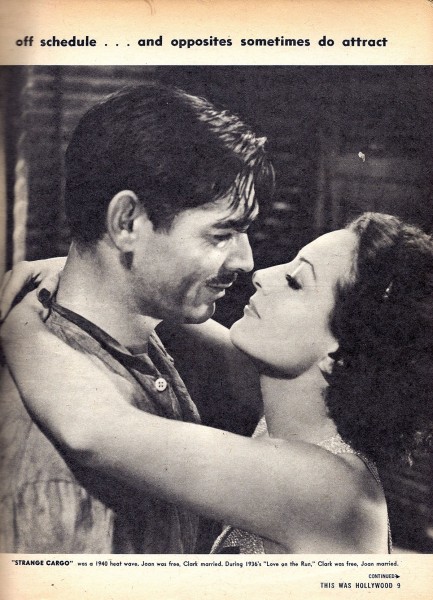 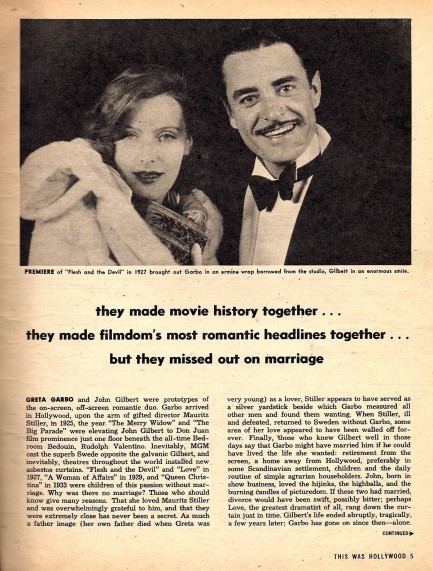 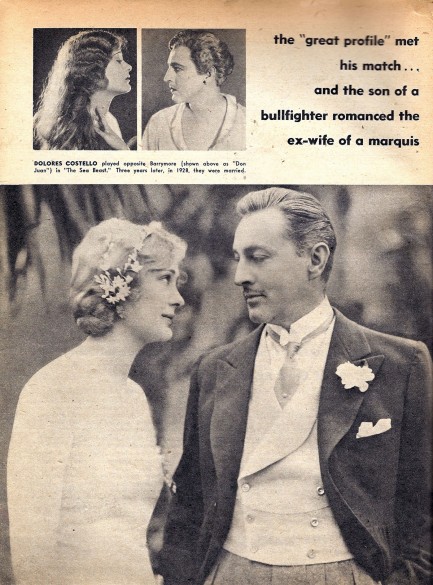
 The fact that she’s not even a real blonde is the least of her surprises. 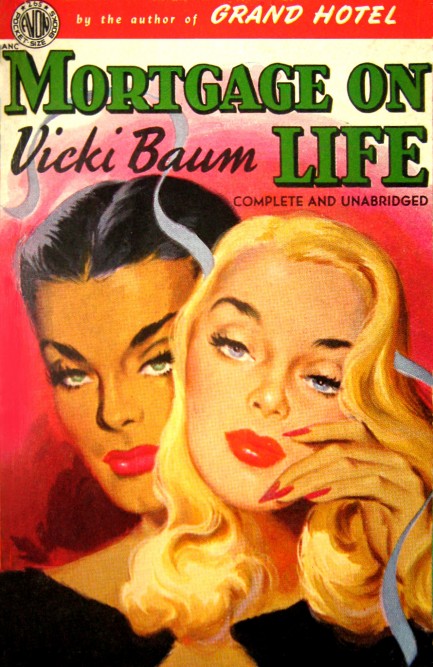
Austrian writer Vicki Baum, née Hedwig Baum, is probably best known for her 1929 novel Menschen im Hotel, which became the smash Greta Garbo/John Barrymore/Joan Crawford movie Grand Hotel. Mortgage on Life, which was originally called Verpfändetes Leben, came in 1946, and tells of a show business love triangle set in Manhattan against the backdrop of Times Square and Broadway. We’ve never seen this particular cover for the book, which is why we’re sharing it, but it’s uncredited, sadly.
 Even southern girls get the blues. 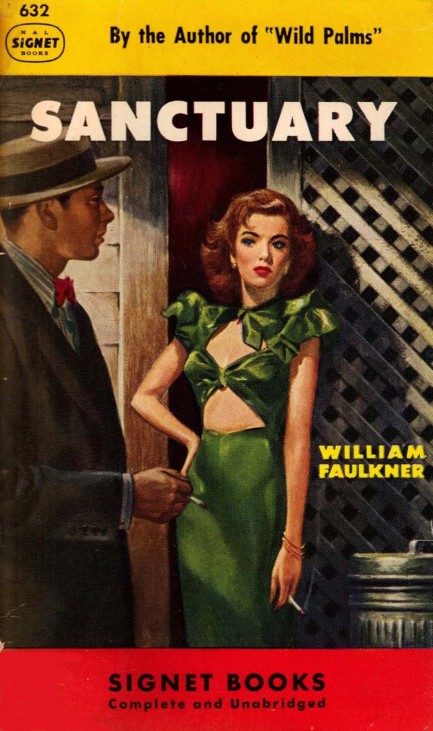
You know we like to share these pulp style covers certain publishing houses cooked up for reprints of serious pieces of literature. Today, it’s William Faulkner’s turn, and the subject is his 1931 novel Sanctuary, which Signet released in 1950 with this cover. Sanctuary was Faulkner’s fifth book and first success, but he wasn’t particularly fond of it, dismissing it as commercial claptrap written purely for financial reasons. If that was truly his intention, it seems like leaving out all the depravity and violence would have been a better way to go about it. In any case, critics did not consider the book lightweight in the least, and a central rape scene involving a corncob understandably generated quite a bit of controversy. When the book was adapted into a 1933 movie entitled The Story of Temple Drake starring Miriam Hopkins, the corncob was removed, but the film still caused a stir and helped bring about the introduction of the Hays Code—the censorship doctrine that predated the establishment of the MPAA. In 1961 Sanctuary was adapted again, and this time not only was the corncob removed, but a sizeable chunk of Faulkner’s original plot. Despite his professed distaste for commercialism, Faulkner had by then worked on dozens of movie projects. He had written screenplays for To Have and Have Not and The Big Sleep, and also had become a sought after script doctor, massaging projects like Mildred Pierce, The Southerner and Gunga Din. We have a small collection of posters from some of his projects below. If you’ve neglected to see any of these films, we highly recommend them and, of course, his novels are well worth a read.
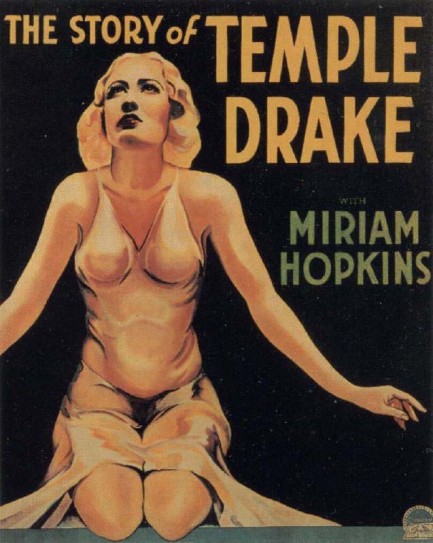 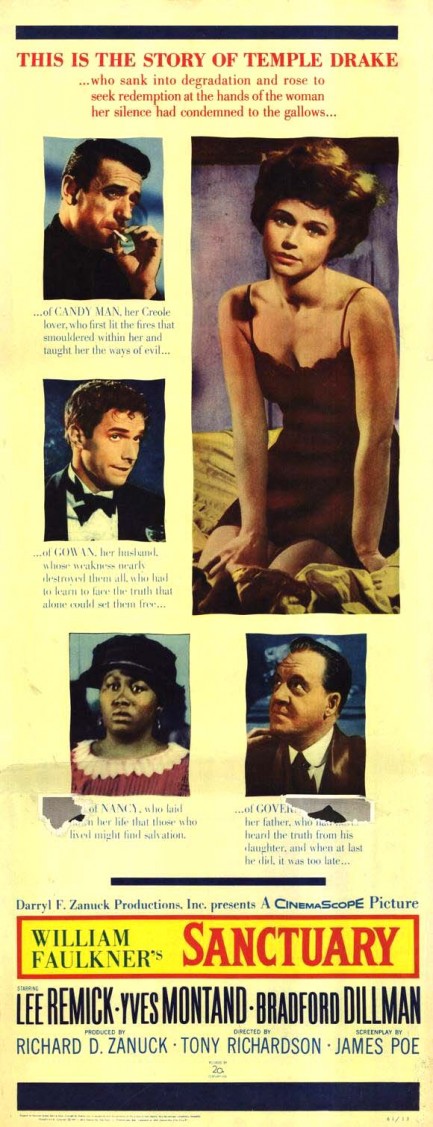 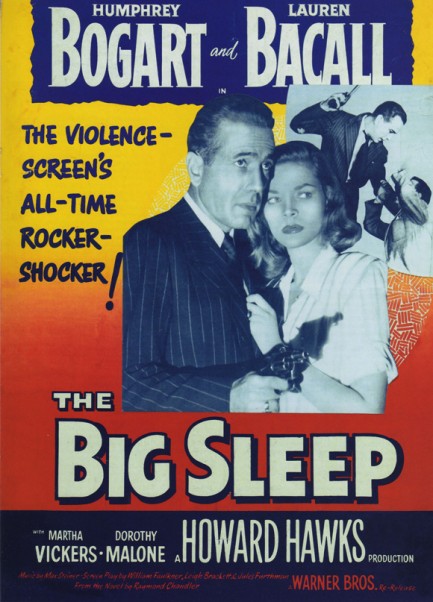 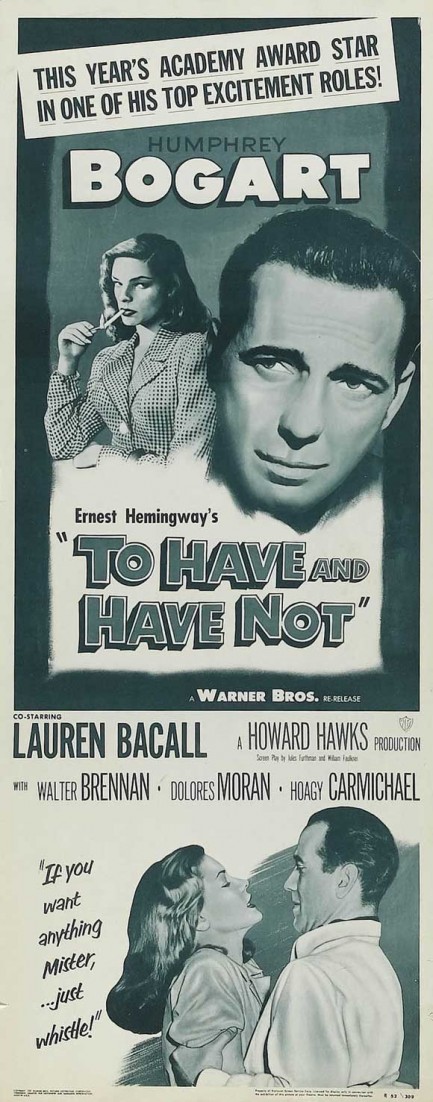 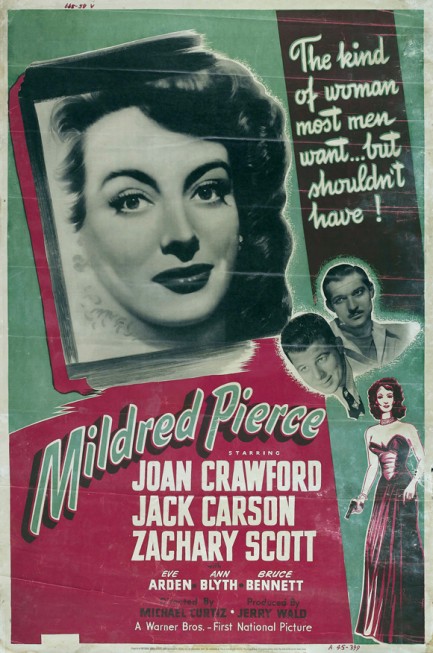
 No indiscretion was too small for Confidential. 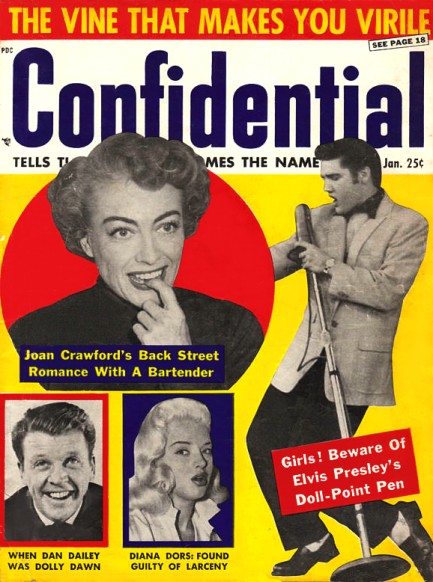
Above is a January 1957 Confidential with Joan Crawford in the spotlight and Elvis in the wings. The Crawford story involves her playing cougar with a boytoy bartender. She’d call, or have an assistant call, and he’d drop everything, scurry over to her house, and be seen leaving the next morning. Pretty salacious claim, but of course, the bartender is never named and so the story is impossible to prove. The Elvis article is in a similar vein. Basically, Presley signed an autograph on a girl’s bare skin, and she ended up going home with him. The next morning the girl called a friend to have the signature photographed before she showered it off. You can get a sense from these two pieces just how extensive Confidential’s network of spies was, and who they were—cabbies, switchboard operators, busboys, mailmen, and doormen. You can also, if you imagine yourself as a movie star, get a sense of how paranoid Hollywood players must have been. Every misstep—no matter how small—was splashed across Confidential’s pages. For a while, the stars simply hoped against hope they could stay under the radar, but eventually they went on the offensive and ran Confidential into the ground with lawsuits. But in 1957, the magazine was still at the height of its power, selling millions of copies and being read secondhand by millions more who were too prim to be seen buying a scandal sheet. Confidential’s actual circulation may have been quadruple its sales figures. Humphrey Bogart said it best: “Everybody reads it but they say the cook brought it into the house.” 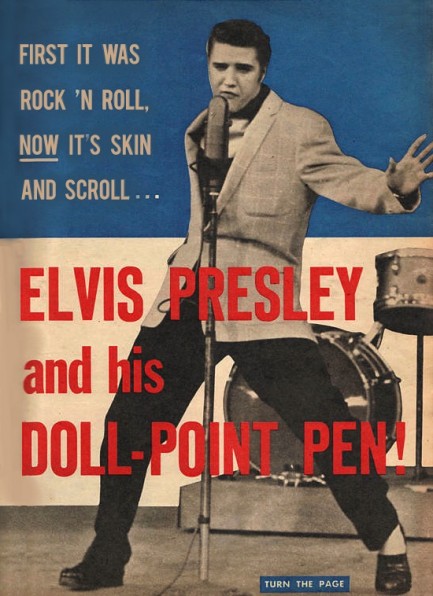 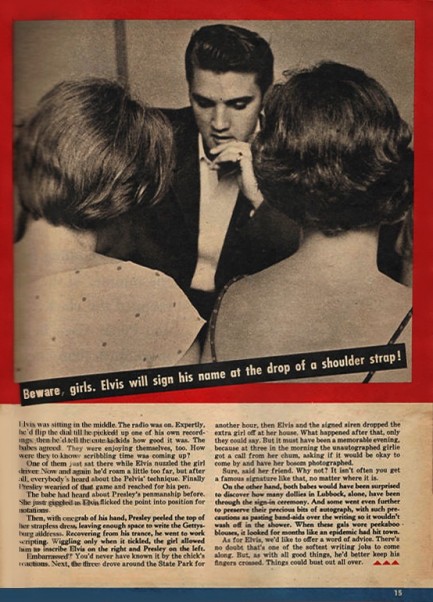
 Happy days are here again. 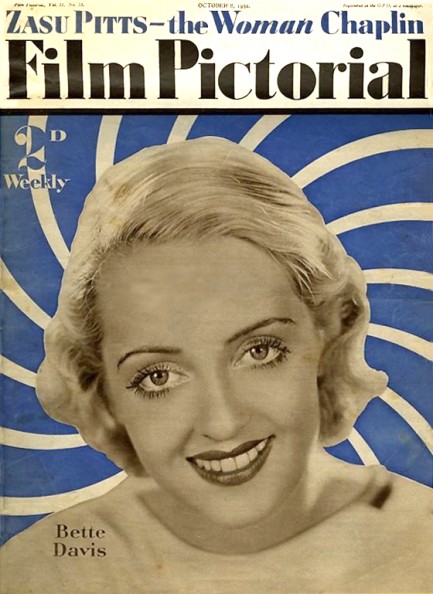 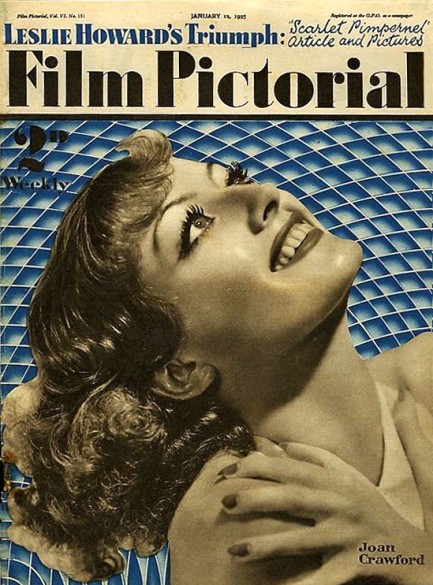
Last week we did a post featuring Bette Davis and Joan Crawford. Today we have two covers of the British celeb magazine Film Pictorial, featuring the two stars circa 1932 and 1935. Joan looks a lot better when she isn’t frightened out of her wits, don’t you think?
 Whatever happened to handpainted movie posters?  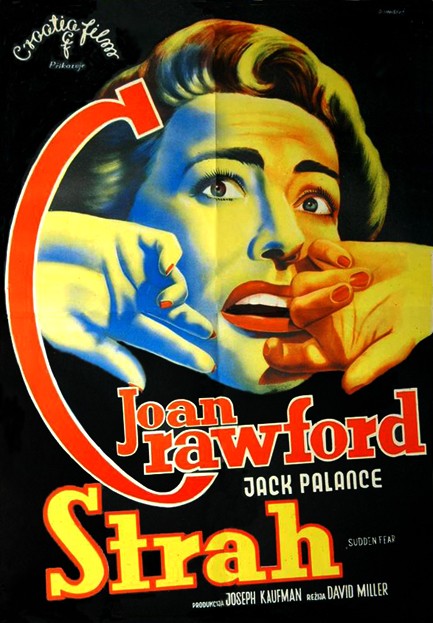
We’re rating these promo posters triple-A. They’re from the former Yugoslavia, circa 1962 and 1956, for the films Whatever Happened to Baby Jane? and Sudden Fear. Baby Jane co-starred Bette Davis and Joan Crawford in extremely creepy roles as washed-up actress/sisters living in an old mansion together, while Sudden Fear showcased Crawford in a standard noir set mostly on a New York to San Francisco train. The Baby Jane role earned Davis an Academy Award nomination, but Crawford more than held her own in the movie, and it’s her you see on both posters here. We have other incredible examples of Yugoslav art we’ll be sharing in the future.
|
 |

The headlines that mattered yesteryear.
1939—Holiday Records Strange Fruit
American blues and jazz singer Billie Holiday records "Strange Fruit", which is considered to be the first civil rights song. It began as a poem written by Abel Meeropol, which he later set to music and performed live with his wife Laura Duncan. The song became a Holiday standard immediately after she recorded it, and it remains one of the most highly regarded pieces of music in American history. 1927—Mae West Sentenced to Jail
American actress and playwright Mae West is sentenced to ten days in jail for obscenity for the content of her play Sex. The trial occurred even though the play had run for a year and had been seen by 325,000 people. However West's considerable popularity, already based on her risque image, only increased due to the controversy. 1971—Manson Sentenced to Death
In the U.S, cult leader Charles Manson is sentenced to death for inciting the murders of Sharon Tate and several other people. Three accomplices, who had actually done the killing, were also sentenced to death, but the state of California abolished capital punishment in 1972 and neither they nor Manson were ever actually executed. 1923—Yankee Stadium Opens
In New York City, Yankee Stadium, home of Major League Baseball's New York Yankees, opens with the Yankees beating their eternal rivals the Boston Red Sox 4 to 1. The stadium, which is nicknamed The House that Ruth Built, sees the Yankees become the most successful franchise in baseball history. It is eventually replaced by a new Yankee Stadium and closes in September 2008.
|

|
|

It's easy. We have an uploader that makes it a snap. Use it to submit your art, text, header, and subhead. Your post can be funny, serious, or anything in between, as long as it's vintage pulp. You'll get a byline and experience the fleeting pride of free authorship. We'll edit your post for typos, but the rest is up to you. Click here to give us your best shot.

|
|



 temperatures wherever I went. Today I have three long knife wounds on my solid frame. One extends from my buttocks down my thigh and needed I don’t remember how many stitches.” Payton’s anecdotes are cringe worthy, but they read like she’d gotten a grip on her life. No such luck. After four more long years of drugs, drink, and disaster she was found dead on her bathroom floor in 1967.
temperatures wherever I went. Today I have three long knife wounds on my solid frame. One extends from my buttocks down my thigh and needed I don’t remember how many stitches.” Payton’s anecdotes are cringe worthy, but they read like she’d gotten a grip on her life. No such luck. After four more long years of drugs, drink, and disaster she was found dead on her bathroom floor in 1967. We like that passage, because nearly all the stories about Payton declare, or at least suggest, that everything that happened after Hollywood stardom was part of a terminal plummet. That’s pretty much the default setting in American journalism—anything other than wealth and fame is by definition failure. It’s an idiotic conceit, even a harmful one, and Payton reveals that in Mexico she landed someplace solid and safe, and got along fine without money or recognition. Two years of happiness is nothing to take lightly. But she just couldn’t sit still—not because of where she was, but because of who she was.
We like that passage, because nearly all the stories about Payton declare, or at least suggest, that everything that happened after Hollywood stardom was part of a terminal plummet. That’s pretty much the default setting in American journalism—anything other than wealth and fame is by definition failure. It’s an idiotic conceit, even a harmful one, and Payton reveals that in Mexico she landed someplace solid and safe, and got along fine without money or recognition. Two years of happiness is nothing to take lightly. But she just couldn’t sit still—not because of where she was, but because of who she was.

















 story begins with the tale of a company president who unknowingly hired a gay man and had no idea until several years later when the hiree—now a manager—got drunk at a company party and began slapping and scratching another man. Soon four employees were involved in this spat. The company president exclaimed: “My God! Those men are all queers!”
story begins with the tale of a company president who unknowingly hired a gay man and had no idea until several years later when the hiree—now a manager—got drunk at a company party and began slapping and scratching another man. Soon four employees were involved in this spat. The company president exclaimed: “My God! Those men are all queers!”